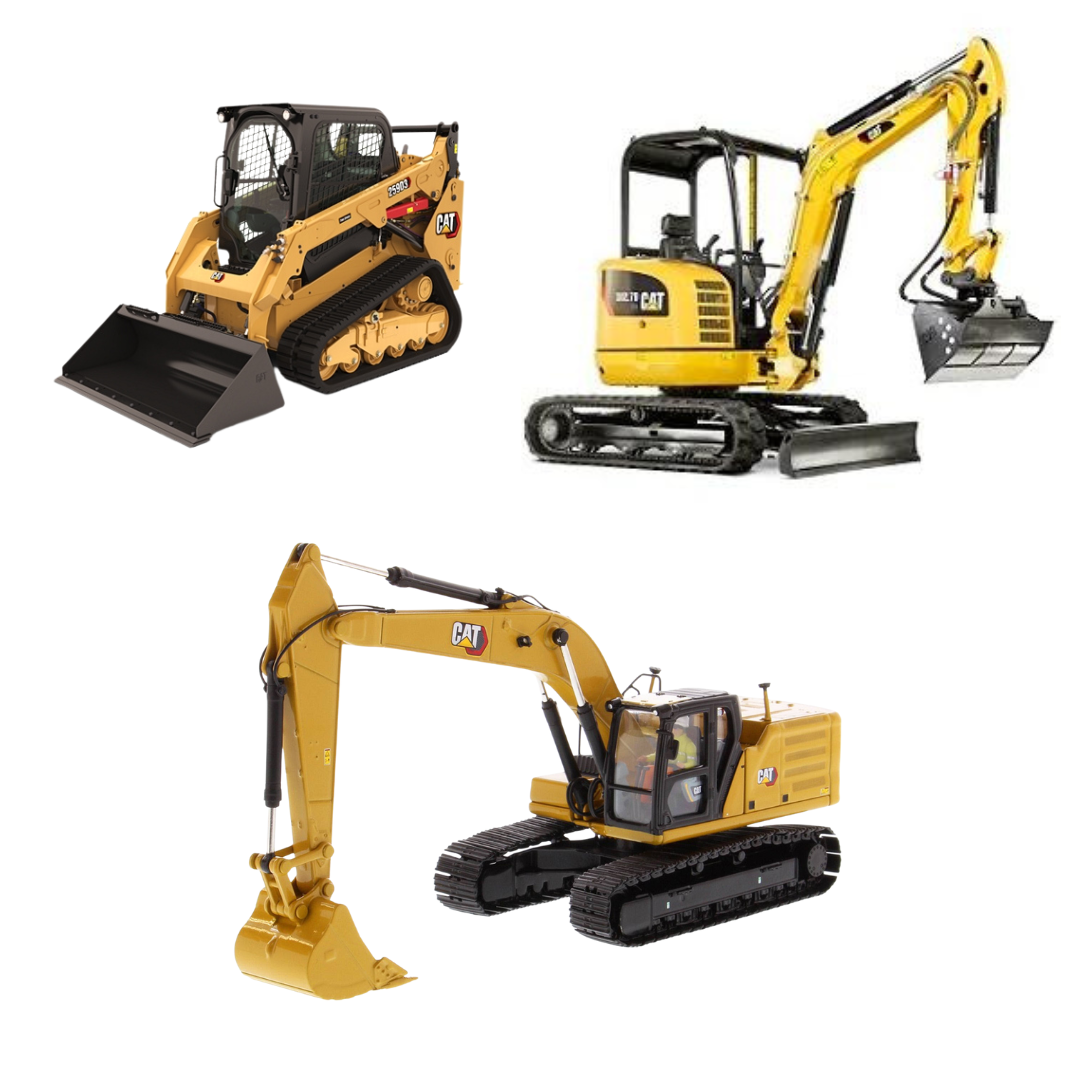Optimize Your Budget by Comprehending the Prices Connected With Construction Tools Leasings
Understanding the complete range of expenses linked with building devices services is crucial for maximizing your spending plan. What methods can be employed to efficiently take care of these expenses and make certain a more effective rental experience?
Review of Rental Costs
When considering building and construction equipment services, understanding the connected expenses is paramount for effective budgeting and task preparation. Rental costs can vary dramatically based upon several variables, including tools type, duration of leasing, and place. The first rental charge frequently mirrors the devices's market need and its linked functional capabilities, affecting the overall expenditure.
Along with the base rental rate, secondary costs may develop, such as transport fees, fuel additional charges, and maintenance charges. It is necessary to represent these additional costs to properly analyze the total cost of renting tools. The rental period can impact pricing; longer rentals may qualify for reduced rates, while temporary leasings may sustain higher daily charges.

Breakdown of Rental Rates
A detailed understanding of rental prices is vital for contractors and task managers intending to enhance their budget plans. Rental rates for building tools normally consist of several components, including base rates, time-based costs, and usage charges.
Base prices are the core charges related to the leasing of the equipment, commonly identified by the kind and size of the machinery. These rates can vary considerably, influenced by elements such as equipment need, schedule, and regional market fads. Time-based charges, which may be daily, weekly, or monthly, serve to fit various project timelines and rental durations.
Furthermore, rental rates might consist of usage charges, which apply when equipment is used past a specified limit, ensuring that the rental company can represent damage. Seasonal need variations can likewise impact rental rates, with peak building periods generally commanding higher rates.
In addition, understanding the rental business's policies relating to upkeep and insurance policy can supply more understanding into the general price structure. By assessing these components, contractors can make educated choices, ensuring the choice of rental equipment lines up with both task requirements and budget constraints.
Extra Charges to Take Into Consideration
Understanding the ins and outs of extra costs is crucial for contractors to handle their overall leasing expenses successfully. Beyond the typical rental rates, numerous supplemental fees can dramatically affect the complete cost of equipment service. These costs frequently consist of distribution and pick-up fees, which can differ based upon distance and logistics associated with moving the equipment to and from the work site.
Additionally, some rental companies might impose gas surcharges if the equipment is returned with less fuel than when rented out. It is additionally necessary to recognize potential cleaning fees, especially for customized tools that calls for thorough maintenance after usage.

Extensively evaluating the rental contract and making clear these additional fees upfront can aid specialists guarantee and stay clear of unanticipated prices that budgets remain intact throughout the job lifecycle.
Repair And Maintenance Expenditures
Routine repair and maintenance expenses are commonly ignored aspects that can substantially influence the general price of construction tools leasings. When renting out tools, it is vital to take into consideration not only the rental charges however also the prospective expenses connected with maintaining the machinery in optimal operating condition.
Several rental firms consist of basic upkeep as part of the rental contract; nonetheless, extra considerable repair work or unexpected break downs can cause added expenditures. It's necessary to evaluate the rental contract meticulously to comprehend what maintenance solutions are covered and what duties drop on the occupant.
Moreover, devices that is not properly maintained can cause ineffectiveness on the job site, potentially increasing and causing delays job costs. To alleviate these threats, it is recommended to carry out routine examinations and preserve open interaction with the rental service provider regarding any issues that emerge throughout use.
Insurance Coverage and Responsibility Costs
Insurance coverage and responsibility prices are vital elements that can dramatically impact the total cost of building and construction devices leasings (equipment rental company). These costs guarantee that both the rental business and the customer are safeguarded from possible monetary losses developing from mishaps, damage, or theft throughout the rental period

Additionally, clients should recognize any deductibles or exemptions in the insurance plan, as these can impact possible out-of-pocket costs. Comprehending the terms and problems of any kind of insurance policy protection is crucial to stay clear of unforeseen costs. Inevitably, budgeting for insurance coverage and obligation expenditures can aid make sure a smoother rental experience and secure against monetary threats connected with building and construction projects.
Final Thought
In final thought, a comprehensive understanding of the expenses related to building and construction equipment leasings is essential for reliable budget plan administration. By analyzing rental rates, additional fees, upkeep costs, and insurance policy people, demands and organizations can decrease unanticipated expenses. This tactical method not just boosts cost-effectiveness however likewise ensures that jobs progress smoothly and efficiently. Ultimately, notified decision-making relating to devices rentals adds to the general success of construction undertakings.
Rental costs can vary significantly based on a number of factors, including equipment type, period of service, and place (forklift rental). The rental duration can impact pricing; longer services may qualify for reduced prices, while temporary leasings might incur greater daily fees
By conducting detailed study and engaging with reputable rental companies, specialists can successfully browse the intricacies of rental pricing, eventually maximizing their monetary resources.
Past the conventional rental rates, various auxiliary fees can significantly affect the complete cost of equipment service. Rental firms commonly supply responsibility insurance policy that covers injuries to third events or damages to building, while devices damage insurance can cover the cost of fixings or replacement if the rented tools is harmed.